Welcome to our comprehensive guide on the “Recovery Time for Knee Arthroscopy.” If you or a loved one are considering or have recently undergone knee arthroscopy, understanding the healing process and expected recovery duration is essential. In this article, we’ll walk you through what you can anticipate during your recovery journey, as well as valuable tips to aid in a smooth and efficient recuperation. Whether you’re an athlete eager to return to the game or simply seeking relief from knee issues, we’ve got you covered with expert insights and guidance. Let’s delve into the details and get you back on your feet in no time!
Getting knee arthroscopy is a common surgery done to find and treat different knee problems. Whether you had surgery to fix your meniscus, reconstruct a ligament, or something else, rehabilitation is important for your recovery. It means using specific methods to help your knee get stronger, move better, and work properly again. In this blog post, we will talk about helpful techniques for rehabilitation after knee arthroscopy to help you recover quickly and well.
Initial Post-Surgery Care: Recovery Time for Knee Arthroscopy
Immediately after knee arthroscopy, your knee will require special care to promote healing and prevent complications. This phase may involve:
a. Rest and elevation: Elevating your leg and allowing sufficient rest will help reduce swelling and pain.
b. Ice therapy: Applying ice packs intermittently can further minimize swelling and provide pain relief.
c. Compression: Wearing compression garments or bandages can help control swelling and provide support to the knee joint.
d. Pain management: Following your doctor’s instructions, take prescribed pain medications or use over-the-counter pain relievers to manage post-operative pain.
Early Motion and Range of Motion Exercises: Recovery Time for Knee Arthroscopy
As your knee arthroscopy starts to heal, it’s essential to begin gentle motion exercises to prevent stiffness and improve range of motion. But your physical therapist may guide you through:
a. Passive range of motion exercises: A therapist or assistant moves your knee joint to increase flexibility without engaging the surrounding muscles.
b. Active-assisted range of motion exercises: You actively participate in moving your knee joint, but with assistance from your therapist or using aids like a cane or crutches.
c. Continuous passive motion (CPM) machine: This device may be prescribed to keep your knee moving continuously within a controlled range, promoting blood circulation and preventing stiffness.
Strengthening Exercises: Recovery Time for Knee Arthroscopy
Once you’ve regained an acceptable range of motion, the focus shifts to strengthening the muscles surrounding your knee joint. Also, strengthening exercises help stabilize the knee, enhance joint support, and promote a faster recovery. Some effective exercises include:
a. Quadriceps sets: Tighten your thigh muscles and hold for a few seconds. Furthermore, repeat this exercise multiple times.
b. Straight leg raises: Lie on your back, straighten your leg, and lift it off the ground. Then, hold for a few seconds and lower it down slowly. Repeat on both legs.
c. Hamstring curls: Also, use a resistance band or a machine to perform hamstring curls, targeting the muscles at the back of your thigh.
d. Mini-squats: Stand with your feet shoulder-width apart and perform shallow squats while keeping your knees aligned over your toes.
Balance and Proprioception Training:
Restoring balance and proprioception (awareness of your body’s position in space) is vital after knee arthroscopy. Additionally, these exercises enhance stability and reduce the risk of reinjury. Some exercises to improve balance and proprioception include:
a. Single-leg stands: Stand on one leg, maintaining your balance for as long as possible. Repeat on the other leg.
b. Balance board exercises: Then, utilize a balance board or foam pad to challenge your balance and improve stability.
c. Wobble board exercises: Wobble boards are like balance boards. Also, they make the surface unsteady, which makes it even harder to keep your balance and body awareness.
Gradual Return to Activities:
Once you’ve made good progress in your recovery, your physical therapist will help you slowly go back to your normal activities or sports. It’s important to listen to them and take it easy to avoid getting hurt again.
Conclusion:
In sum, getting better after knee arthroscopy takes time and effort. By doing these rehabilitation techniques, you can speed up your recovery, get stronger, move better, and go back to your normal activities feeling confident. Remember to talk to your doctor or physical therapist before you start any exercises and listen to their advice during your recovery. Stay committed, stay motivated, and soon enough, you’ll be back on your feet, stronger than ever.
If you want to recover well after knee arthroscopy, you can go to Kinito Physical Therapy. They have a skilled team of therapists who know how to help people get better after knee surgeries. They will create a personalized plan just for you to help you get stronger, move better, and do things easily. Also, they will support you and guide you as you recover. Don’t let knee surgery stop you from living your life. Trust Kinito Physical Therapy to help you get better quickly and effectively. Call them today to make an appointment and start your journey towards a stronger and healthier knee.
